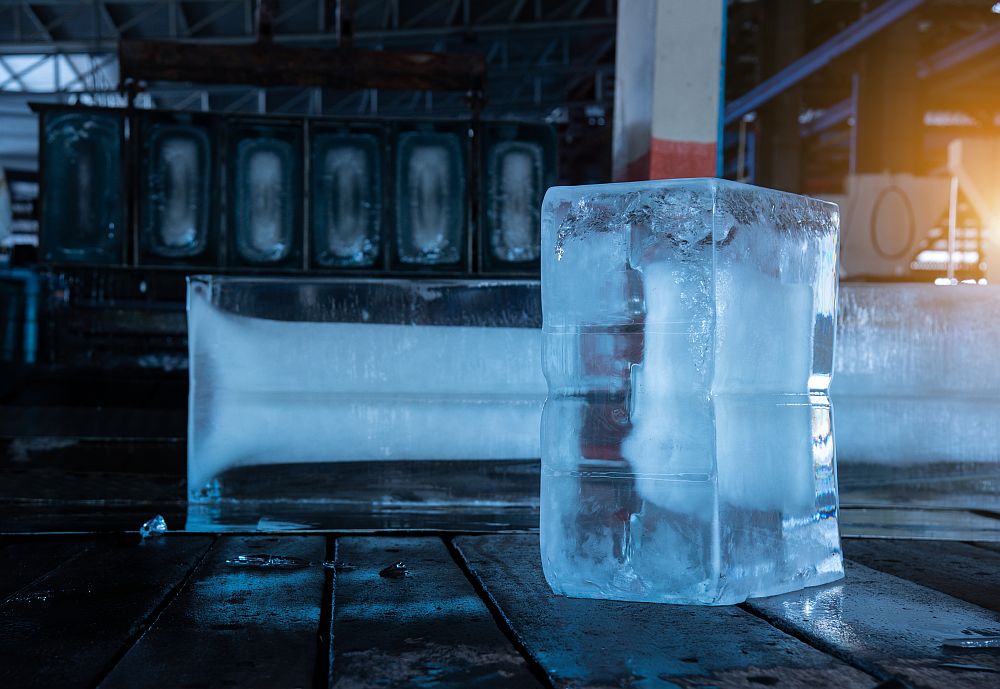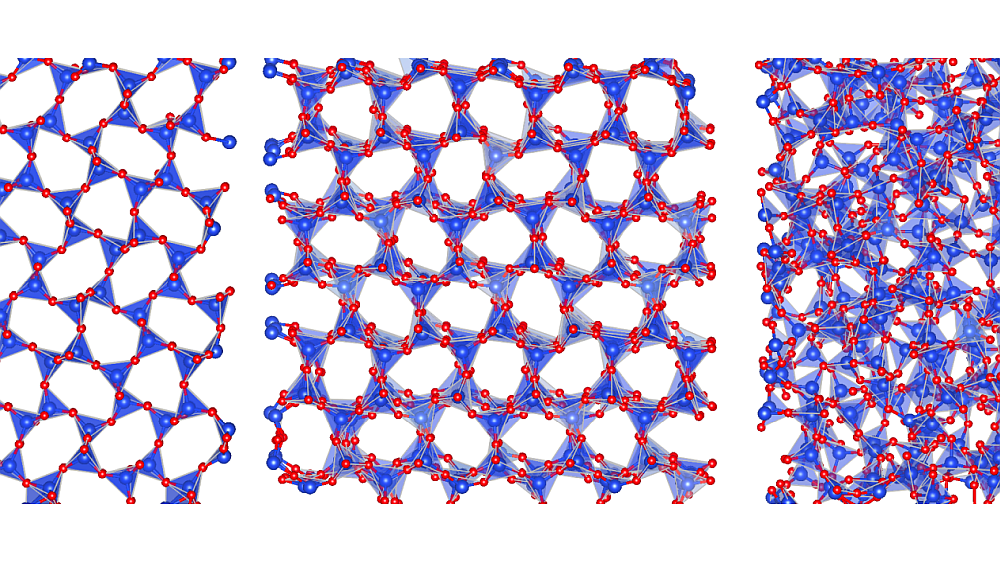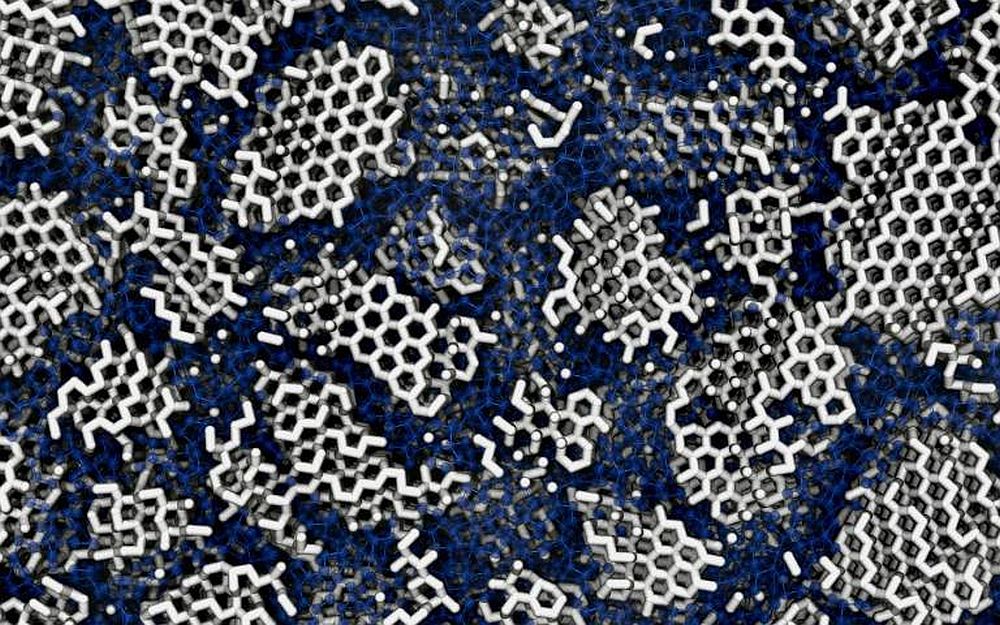It didn’t get much attention (unless one is an International Space Station or NASA TV junkie) when a fairly significant event for the ceramics world occurred Aug. 20, but about 250 miles above the Earth, a tried-and-true ceramic fabric, among other materials, was employed as part of safety upgrade to the ISS to provide protection against micrometeoroid strikes.
Five 1-inch-thick shields were installed that make use of ceramic fabric, 3M’s Nextel 312 product (PDF), which I think dates back to at least the mid-1990s. In aerospace applications, Nextel is paired with Kevlar and covered with an aluminum sheet (or bumper) to create a type of “Stuffed Whipple” shield to offer protection against hypervelocity collisions (3–18 kilometres per second) with micrometeoroids and orbital debris.
According to a 1995 paper in the International Journal of Impact Engineering, “The Nextel/ Kevlar blanket provides a combination of materials with greater [hypervelocity impact] protection effectiveness than a solid-aluminum second-bumper of equal mass per unit area. The Nextel ceramic cloth in the blanket is more effective than aluminum at shocking and disrupting fragments of projectile and bumper. The Kevlar, with a greater strength to weight ratio than aluminum, provides superior capability to slow the expansion speed of the debris cloud before impact with the inner wall of the shield. The bumper materials from the Nextel/Kevlar intermediate layer (small size due to small diameter fibers) are less damaging contributors to debris cloud lethality than fragments from a solid metal bumper.”
So, the Stuffed Whipple shield, is supposed to bulge and contain the fragments before they can reach the surface of whatever is being protected.
3M reports that the Nextel 312 ceramic fabric is made from Al2O3, SiO2 and B2O3.
It should be noted that this most recent work was only done on ISS sections added by Russia; the US and European-built sections had Stuffed Whipple shields added at the time of construction and have been protecting those parts of the ISS for many years. It’s not clear why the Russians decided against installing the shields at the the time the segments were manufactured, but it is clear that the danger from micrometeoroids and other orbital debris can’t be taken lightly, and evidence (PDF) of such collisions has already been found on the ISS and the space shuttles.
The video below briefly shows the beginning of the installation of the five shields by the Russian ISS crew (jump to the 4:17 mark):

Credit: NASA; YouTube
CTT Categories
- Aeronautics & Space
- Refractories
- Thermal management


